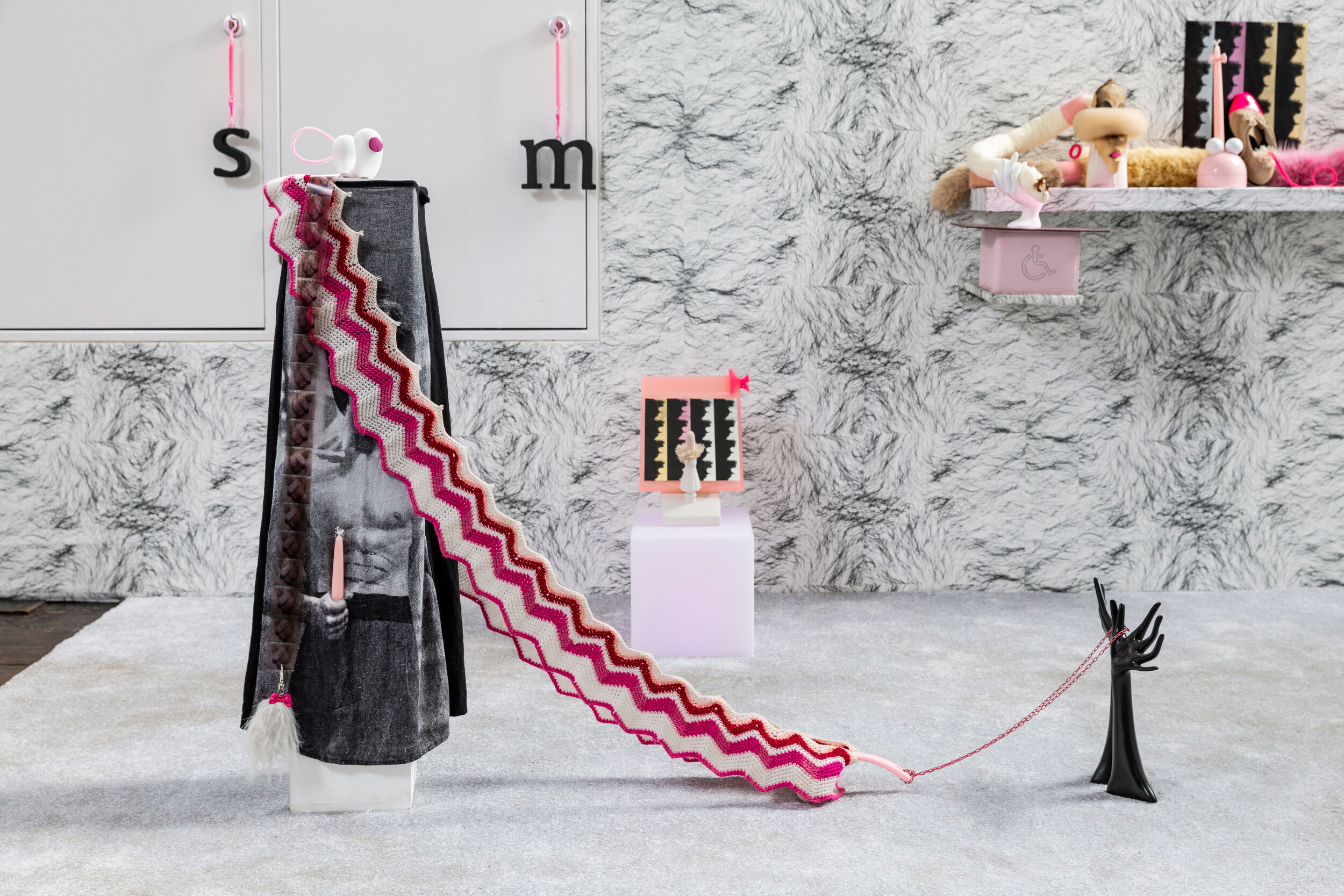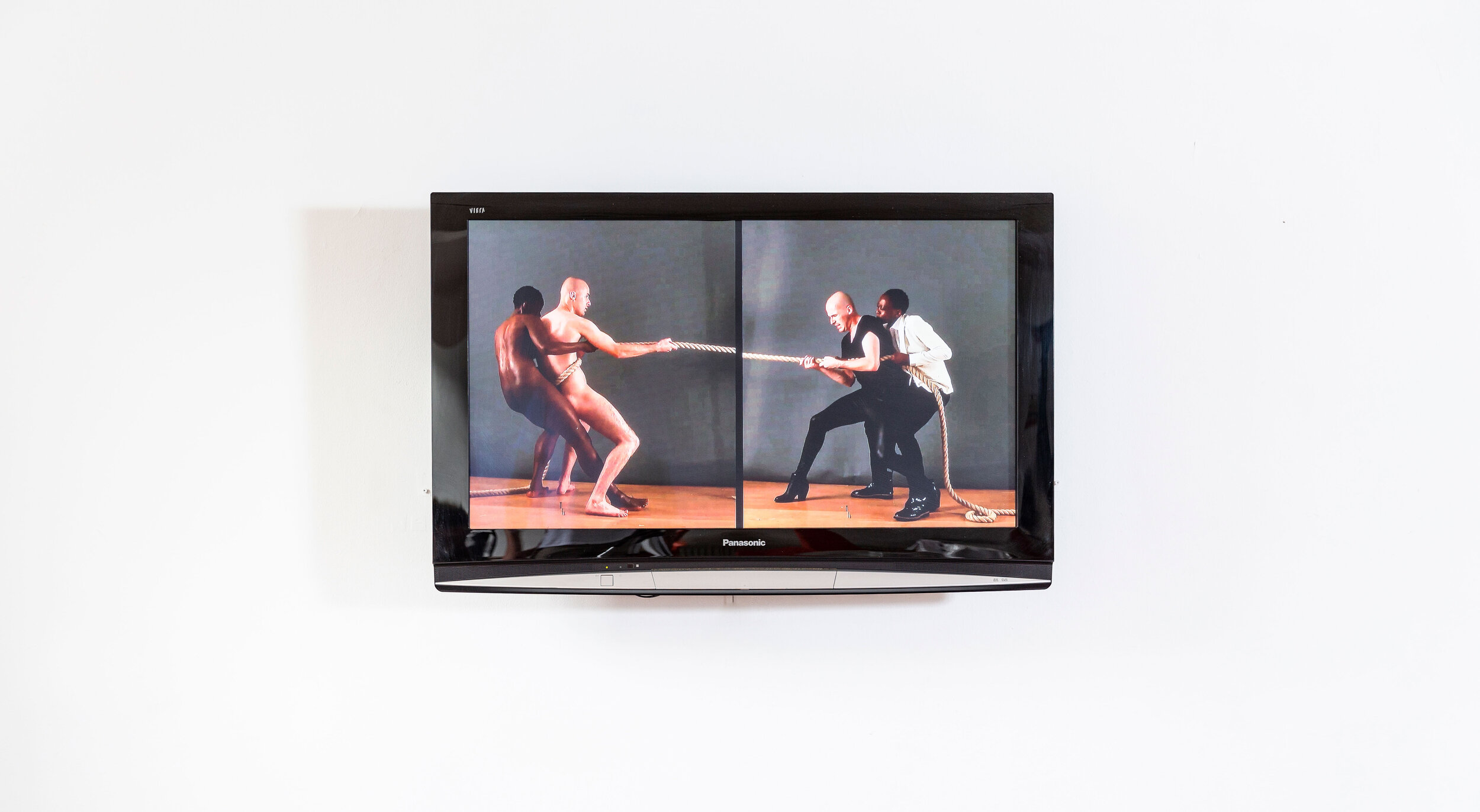In Whose Eyes?
Beaconsfield Gallery Vauxhall
4th July - 5th August 2018
In Whose Eyes? is a collaborative exhibition by Beaconsfield Gallery Vauxhall and Practice in Dialogue jointly curated by BGV, Rose Gibbs and Catherine Long.
Participating artists are: Miriam Austin, Ingrid Berthon-Moine, Cécile Emmanuelle Borra, Phoebe Collings-James, Rose Gibbs, Lora Hristova, Catherine Long, Ope Lori, Anja Olofgörs, Lauren Schneider, Martina Schmuecker, NT.
Practice in Dialogue is a group of artists dedicated to examining the formal structures and strategies of historical feminist art alongside their own art practices. Founded in 2014, Practice in Dialogue evolved out of a need to create a space in which to think critically about feminist art practices, where these are seen as ongoing works-in-progress that call for continual self-reflection and analysis. At a moment when capitalism has co-opted the language of feminism in mainstream media, the backlash against feminism has taken on its most virulent form: behaviours and products that are all part of the capitalist arsenal are recast as feminist tools of ‘empowerment’, while the derivation of that power remains strikingly unexamined. In this context the need for thorough and interrogative dialogue has become all the more urgent if feminism is to retain its potency.
The group have met on a regular basis over the last four years and previously shown work together at the ICA and The Showroom.
Taking the act of looking as a starting point, In Whose Eyes? explores questions of female subjectivity, representation and power in contemporary Western culture. Who is made visible – or excluded – and how they are represented in culture is highly political and impacts on people’s lives in numerous intersectional ways. At the same time, the act of looking is never neutral, where we look from and our privilege or marginalisation shapes what we see. The Australian feminist philosopher Elizabeth Grosz asserts feminism is deeply engaged with the issue of representation primarily because women’s invisibility in dominant culture was one of the catalysts for the women’s liberation movement. Visual art remains a key site of cultural (re)production and is in direct dialogue with mainstream culture: the two visual fields borrowing imagery from each other in a reciprocal and cannibalistic relationship.
For artists, the vexed question remains: how can feminist art intervene in dominant culture when the conditions of female representation are so overly determined by the constraints of objectification, sexualisation, violence and racism?
Supported by Arts Council England, the Swedish Arts Council and Camberwell, Chelsea, Wimbledon Graduate School.














